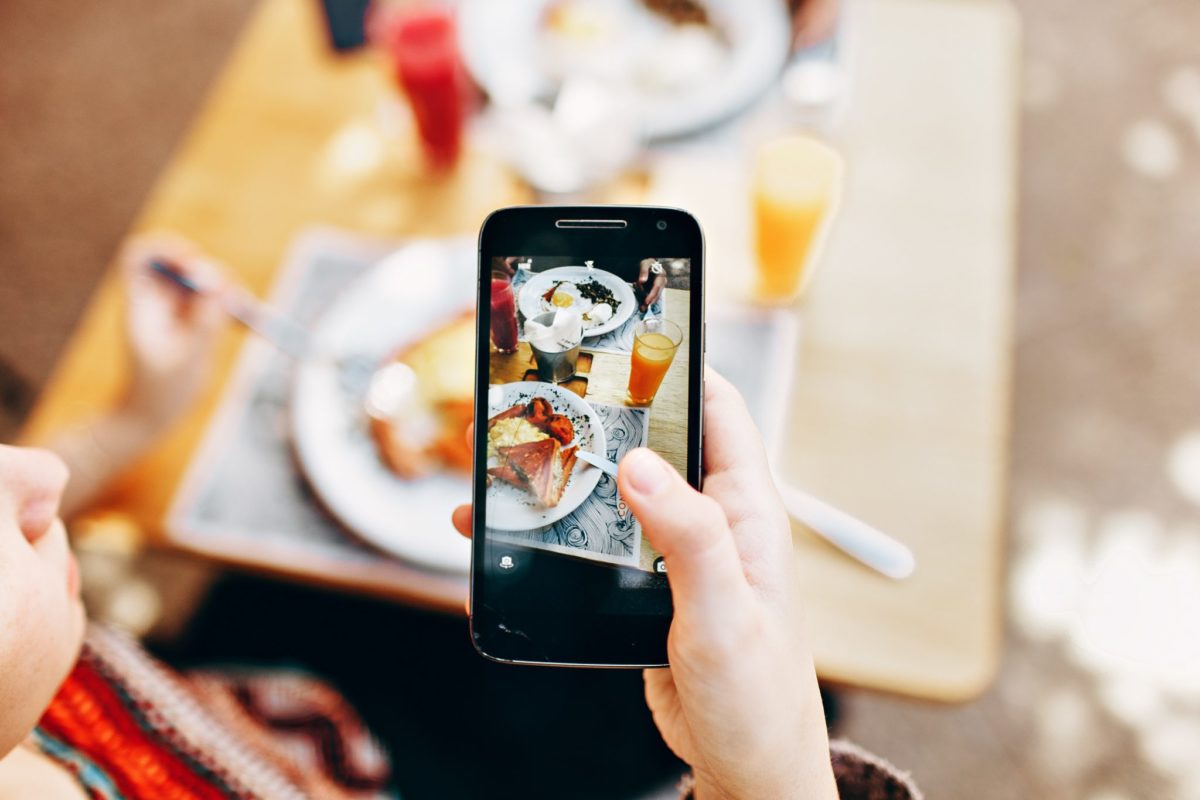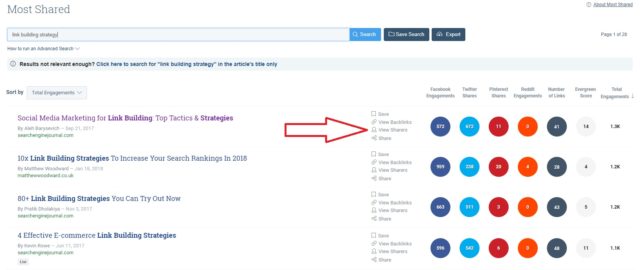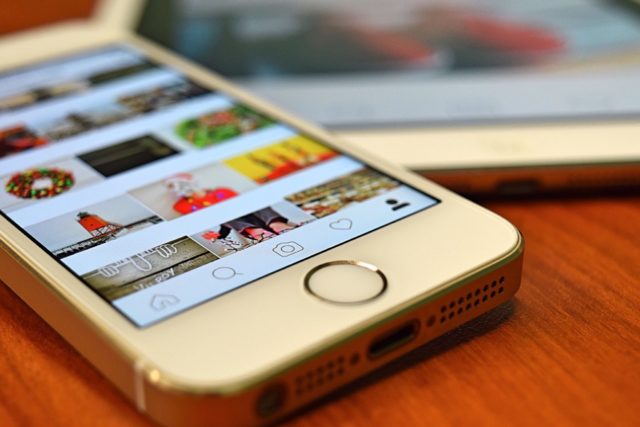Did you know that companies are predicted to spend $1.8 billion on Instagram influencers in 2018? In a world where there are 14.5 million sponsored Instagram posts, and three times as many Google searches for “Instagram influencer” in a year, it would appear that if your business isn’t working with at least one social media influencer, you’re missing out.
Depending on who your influencer/s is/are, it can get very expensive. Sponsored Instagram posts cost businesses anything from $50 (approx. £35) to $1 million (£700,000). Right now, Beyoncé is considered to be the most expensive Instagram influencer, charging the top end of the scale to share posts with her 114 million following.
Of course, not all companies are going to be targeting A-list celebrities, but even working with niche bloggers and influencers in targeted industries can be costly. Plus, like all other aspects of marketing, if you’re investing time and money, then you want to reap the benefits from it.
So, just how influential are Instagram influencers? And should your business be building relationships and collaborating with them? Here are four things you should consider before you dive into the world of influencer marketing.
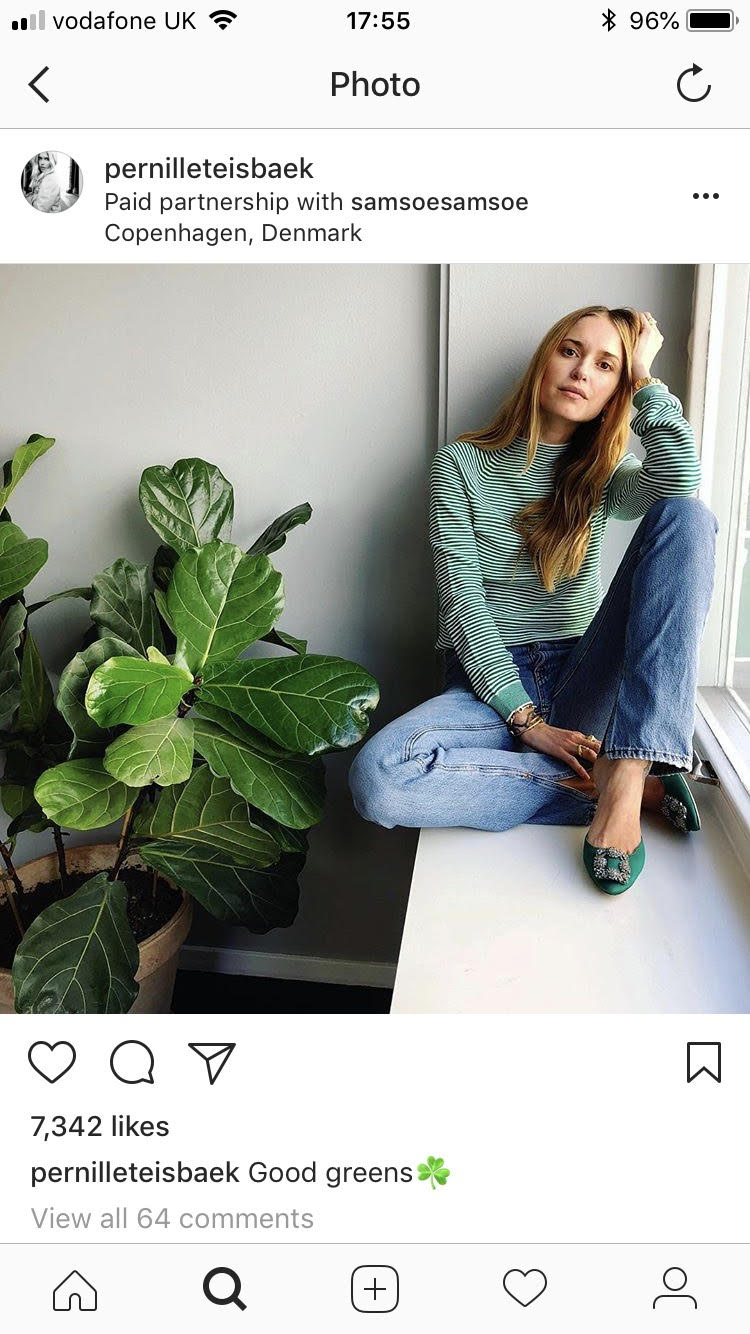
Are they relevant to your industry?
Beauty, fashion, travel and food are amongst the most popular topics on Instagram. We live in a world where #OOTD has been hashtagged 180 million times, #avocado 8 million times, and #eyebrowsonfleek 2.2 million.
With thousands and thousands of fashion, food, beauty and travel dedicated accounts posting regularly on Instagram, for businesses operating in that industry, it can seem natural to build relationships with influencers who reflect their target audience, to help get their products and services seen.
Even if you fall outside of those industries, it doesn’t mean that there aren’t opportunities for you. Maybe you design and manufacture boutique furniture? Look for Instagram influencers in your area – interior design bloggers are a good place to start.
One thing you should never do is dismiss micro-influencers. In fact, they’ve been hailed as the ones to watch in 2018.
Whilst they may have thousands fewer followers than their celebrity counterparts (loosely defined as those who have a following of between 1,000 – 100,000), research has shown they drive engagement rates by 60%, are more cost efficient, and engage in 22.2% more weekly conversations than the average Instagram user. After all, it’s easier for potential customers to connect with micro-influencers, as they’re more relatable than celebrities.
The best types of micro-influencers are the ones who are already fans of your brand: that way, the relationship between you both is genuine.
However, you should never try to force a connection. If you’re an air conditioning manufacturer for example, then the reality is that the realm of Instagram influencers probably isn’t for you. That’s not a bad thing, it just means you should focus your efforts on another area of marketing that will be more lucrative.
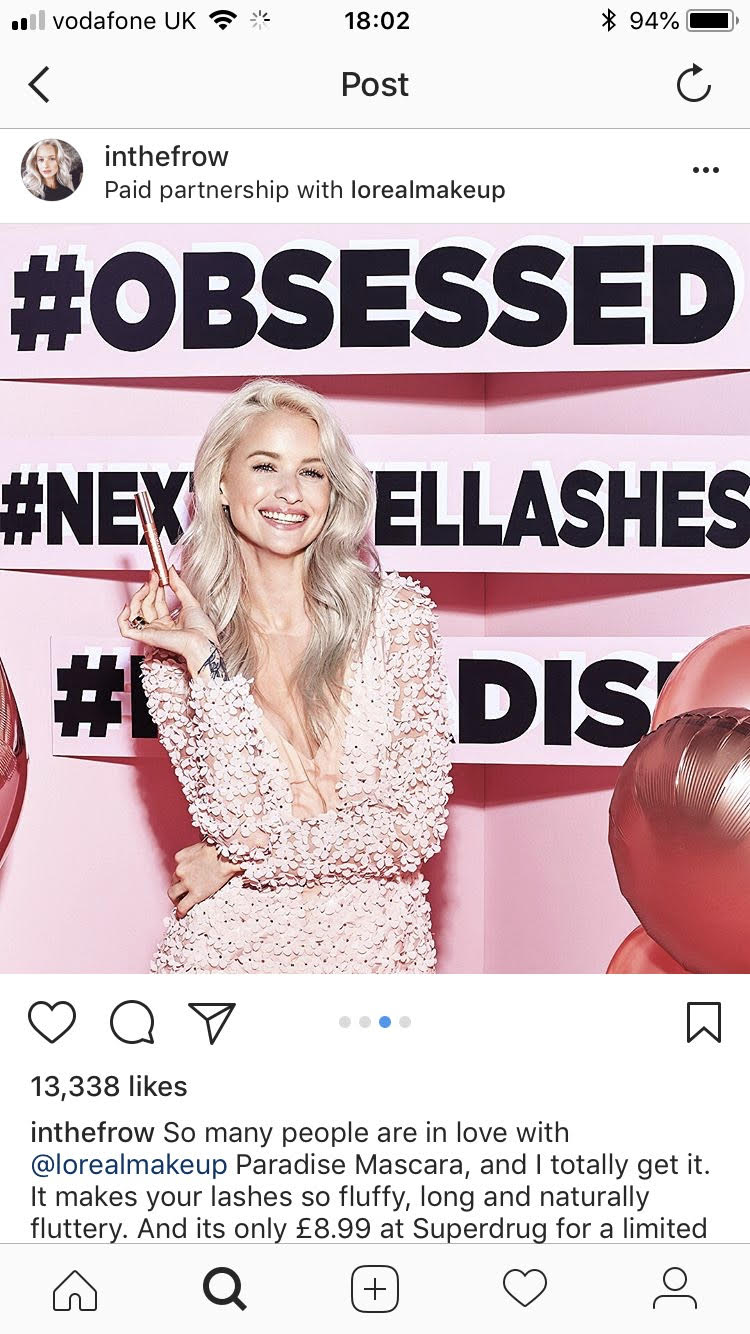
Can you build a long-term relationship with your potential influencer?
A one-off post from an Instagram influencer may drive your following up, or increase your page views for a day, but it’s unlikely to have any long-term effects.
Instead, you should focus on building lasting relationships, where you and your chosen influencer(s), can collaborate together.
Once you’ve identified potential Instagram influencers to work with, start off by following and liking/commenting on their posts. Then you can drop them a message introducing them to the idea of collaborating with you. The key is to be friendly, but not pushy – the bigger influencers will have lots of brands approaching them on a daily basis, and will only be interested in companies that represent them and what they like.
Make sure you have an idea in mind that you can approach them with. How do you see this relationship growing – is it by running a competition? Is there an opportunity for them to collaborate with you for a new collection?
Multiple posts means more exposure, which is more beneficial for your brand in the long-term.
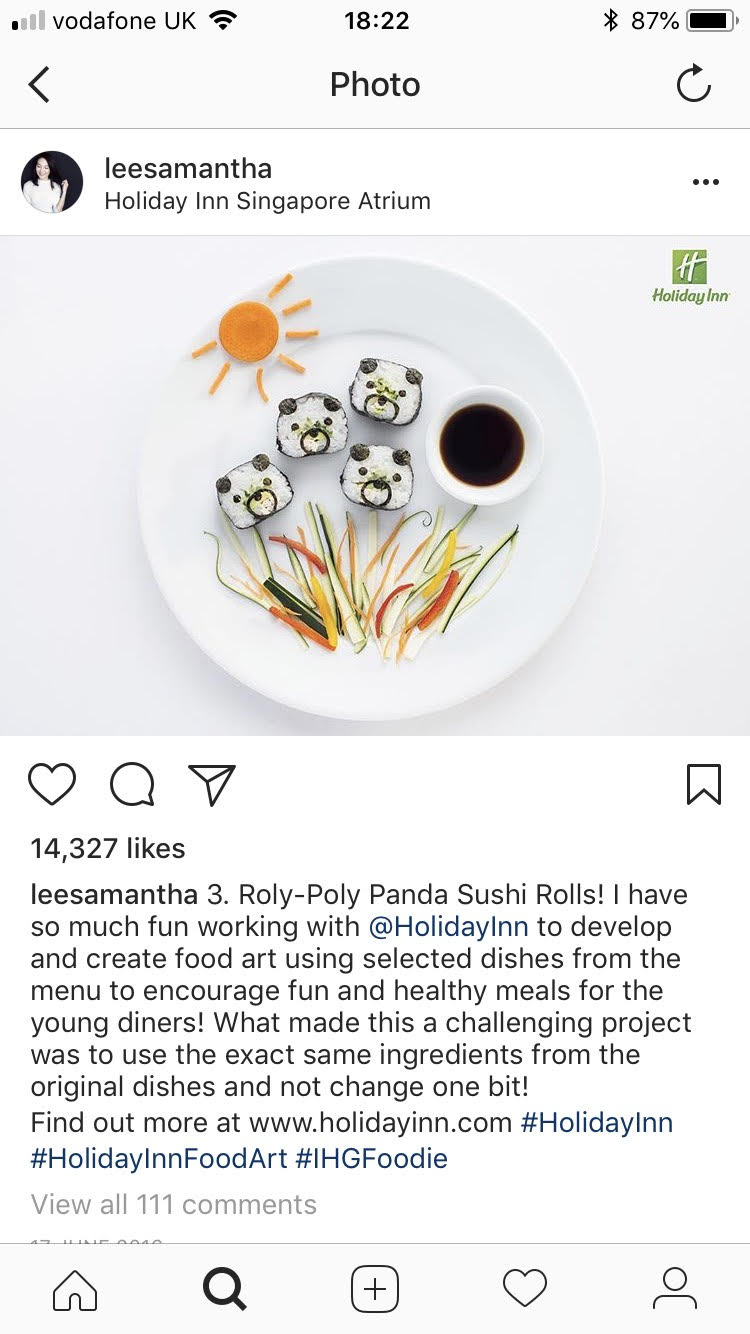
Is your Instagram up-to-date and exciting?
So, you’re working with a totally relevant micro-influencer who’s posted a picture of them wearing some jewellery you’ve designed.
Now, some of their followers are heading over to your profile… only to see your latest post was published six months ago. And the picture is blurry. And the lighting bad. Any chance of a follow or perhaps even a click to your website is suddenly lost.
Before you even begin to approach relevant Instagram influencers, you need your own Instagram account to be on point. Put together a strategy, and post eye-catching, high quality images on a daily basis, using lots of hashtags to get them publicised (just don’t forget to hide them in a comment, instead of in the caption).
If your Instagram is out-of-date and uninspiring, why would influencers want to work with you? That’s why you need to post regular content on your Instagram, and regularly engage with your followers.

Can you monitor the results?
What’s the point of an Instagram influencer? Initially, they help to raise brand and product awareness. The sales may come in eventually, but if your aim is to see a sharp spike in sales, then you’re better off spending your marketing budget on PPC instead.
To monitor the results of working with Instagram influencers, both you – and the person who is responsible for the budget – need to fully understand the reasons why brands work with influencers.
If you monitor conversion rates and sales, then you’re going to be disappointed. Whilst you can look into them to some degree, they only tell a tiny part of the story. Instead, see how the post(s) have performed on your influencer’s account, in addition to your own account. Review KPI’s such as, how much has your following grown by, increases in likes and comments on your posts.
Create a bespoke hashtag for influencers to use, so you can monitor that to see how many people have jumped onboard with it. You can also create a bespoke promo code for the influencer to use so that you can track sales directly from their Instagram posts.
Don’t forget to look at traffic to your website from Instagram. Don’t expect huge results, but if your influencer has posted multiple times, then you may well see an increase in sessions over time.
So, should your brand work with Instagram influencers?
92% of consumers listen to recommendations, and Instagram influencers are essentially promoting your product/service – albeit for a fee (although it should look natural). Instagram has wisened onto the fact that influencers can mean lucrative business opportunities for brands, and have introduced clear rules that sponsored posts should adhere to, so followers aren’t misled.
If you answered yes to these four questions, then there’s no reason why your brand shouldn’t be working with Instagram influencers, provided it’s something you’d like to include in your marketing strategy. However, you shouldn’t try to force a relationship that isn’t natural.
Would you like help creating and implementing your social media strategy? Get in touch with us today.
